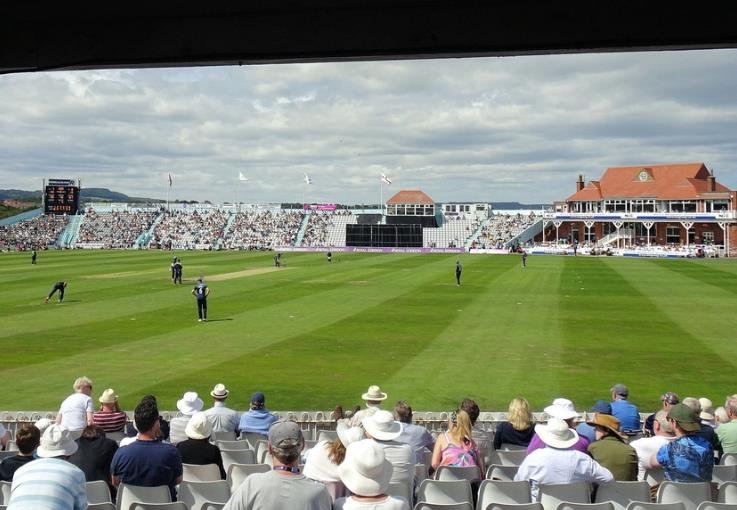In a groundbreaking move, Euro 2024 organizers have decided to incorporate technology traditionally used in cricket to assist in crucial refereeing decisions. This innovative approach aims to enhance the accuracy and efficiency of decision-making during the tournament. The technology, which includes features like connected ball technology and semi-automated offside technology, is expected to revolutionize the way football matches are officiated. The decision to adopt cricket technology underscores the commitment of Euro 2024 organizers to leverage cutting-edge solutions to improve the game.
One of the key innovations being introduced at Euro 2024 is the use of connected ball technology. This technology, developed by Adidas, allows the official match ball to send precise data to video match officials in real time. The connected ball technology combines player position data with artificial intelligence (AI) to support faster and more accurate in-match decisions. This innovation is particularly useful for identifying every individual touch of the ball, reducing the time spent resolving handball and penalty incidents.
The connected ball technology also plays a crucial role in supporting semi-automated offside technology (SAOT). By providing real-time data on the ball’s movement, the technology enables VAR officials to make quicker and more accurate offside calls. This is expected to significantly improve the efficiency of the VAR system and enhance the overall quality of officiating at the tournament.

The introduction of connected ball technology at Euro 2024 marks a significant step forward in the use of technology in football. By leveraging this innovative solution, organizers aim to ensure that refereeing decisions are as accurate and fair as possible, ultimately enhancing the integrity of the game.
Semi-Automated Offside Technology
In addition to connected ball technology, Euro 2024 will also feature semi-automated offside technology (SAOT). This system, which was first introduced in the UEFA Champions League in 2022, uses ten specialized cameras installed at the stadium to track 29 different body points per player. The data collected by these cameras is then combined with the connected ball technology to determine offside situations quickly and accurately.
The SAOT system is designed to address one of the most contentious issues in football: offside decisions. By providing precise data on player positions and ball movement, the technology enables VAR officials to make more accurate offside calls. This is expected to reduce the number of controversial decisions and improve the overall fairness of the game.
The implementation of SAOT at Euro 2024 reflects the organizers’ commitment to using advanced technology to enhance the quality of officiating. By adopting this innovative solution, they aim to minimize errors and ensure that the tournament is conducted in a fair and transparent manner.
Impact on the Tournament
The introduction of cricket technology at Euro 2024 is expected to have a significant impact on the tournament. By enhancing the accuracy and efficiency of refereeing decisions, the technology will help ensure that matches are conducted fairly and transparently. This is particularly important in a high-stakes tournament like Euro 2024, where every decision can have a major impact on the outcome of the game.
The use of connected ball technology and SAOT is also expected to improve the overall viewing experience for fans. By reducing the time spent on VAR reviews and ensuring that decisions are made quickly and accurately, the technology will help keep the game flowing smoothly. This will enhance the excitement and enjoyment of the tournament for fans around the world.
Furthermore, the adoption of cricket technology at Euro 2024 sets a precedent for the future use of technology in football. By demonstrating the benefits of these innovative solutions, the tournament organizers are paving the way for their wider adoption in other competitions. This could lead to a broader transformation of the sport, with technology playing an increasingly important role in ensuring fair and accurate officiating.








